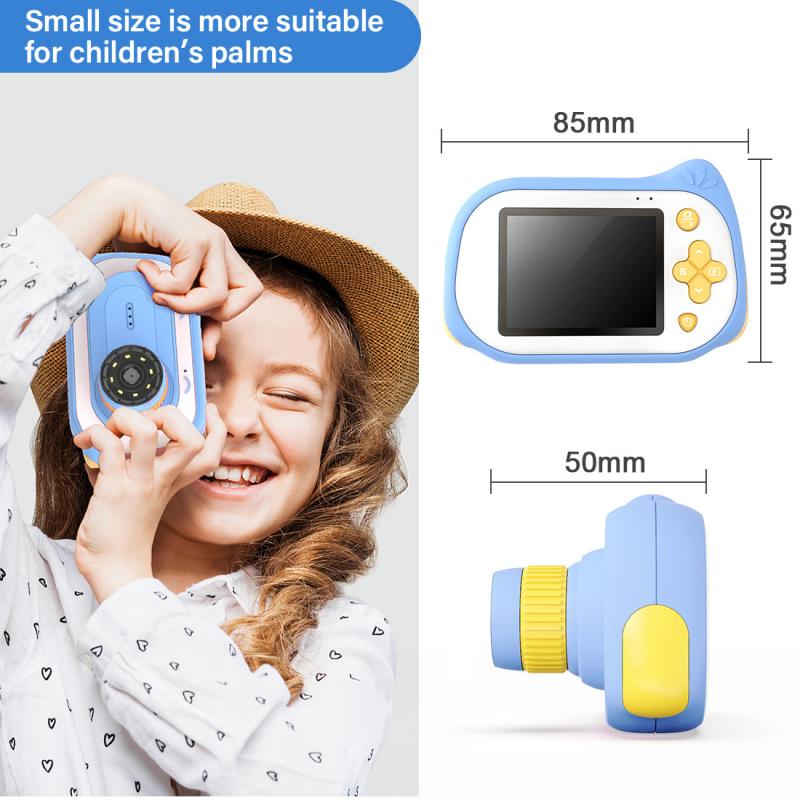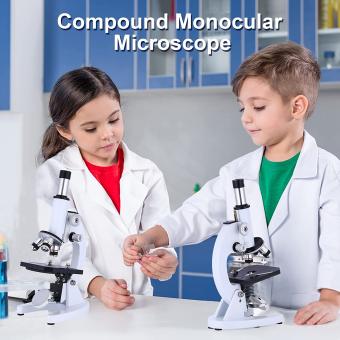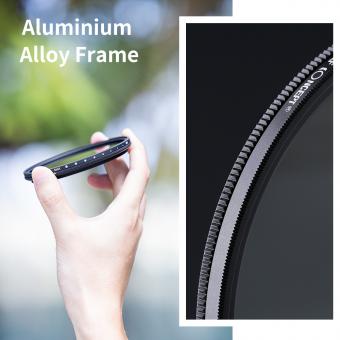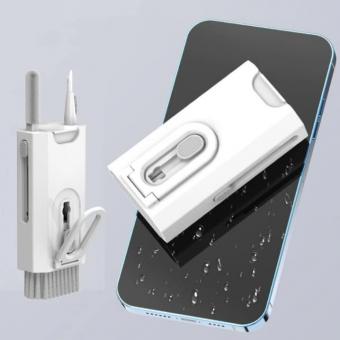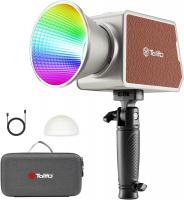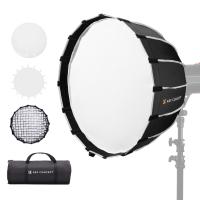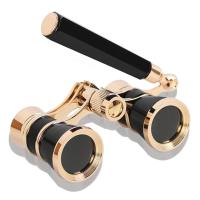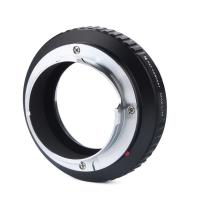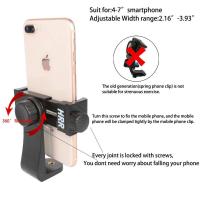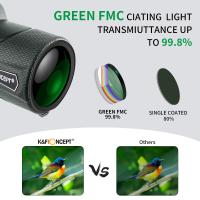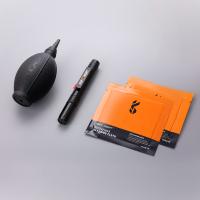How To Dispose Of Microscope Slides ?
Microscope slides can be disposed of in a safe and responsible manner by following a few steps. First, ensure that the slides are free of any hazardous materials or chemicals. If they contain hazardous substances, consult with local regulations for proper disposal methods. If the slides are clean, they can be placed in a sturdy container, such as a plastic or metal box, to prevent breakage. Next, label the container as "broken glass" or "sharps" to alert others of its contents. It is important to handle the container with care to avoid any injuries. Finally, contact your local waste management facility or recycling center to inquire about their specific guidelines for disposing of glass or sharps. They will provide you with the necessary information on how to safely dispose of the microscope slides in your area.
1、 Proper disposal methods for used microscope slides
Proper disposal methods for used microscope slides are essential to ensure the safety of individuals and the environment. Microscope slides are typically made of glass, which can be fragile and potentially hazardous if mishandled. Additionally, the slides may contain biological or chemical substances that could pose a risk if not disposed of correctly.
One of the most common and recommended methods for disposing of microscope slides is to autoclave them. Autoclaving involves subjecting the slides to high-pressure steam, effectively sterilizing them and rendering any biological material non-infectious. After autoclaving, the slides can be safely discarded in regular waste bins.
Another option is to chemically treat the slides before disposal. This can be done by soaking them in a suitable disinfectant or decontamination solution, such as bleach or a commercial laboratory disinfectant. After the slides have been adequately treated, they can be disposed of in accordance with local regulations for chemical waste.
It is important to note that local regulations may vary, so it is advisable to consult with your institution or local waste management authorities for specific guidelines on disposing of microscope slides. They may have specific requirements or recommendations for handling and disposing of these materials.
In recent years, there has been a growing emphasis on sustainability and environmental responsibility. As such, efforts to recycle microscope slides have emerged. Some organizations and recycling facilities have started accepting used microscope slides for recycling, provided they are free from any hazardous materials. This approach helps reduce waste and promotes a more sustainable approach to disposal.
In conclusion, proper disposal methods for used microscope slides involve autoclaving, chemical treatment, or recycling. It is crucial to follow local regulations and guidelines to ensure the safety of individuals and the environment.
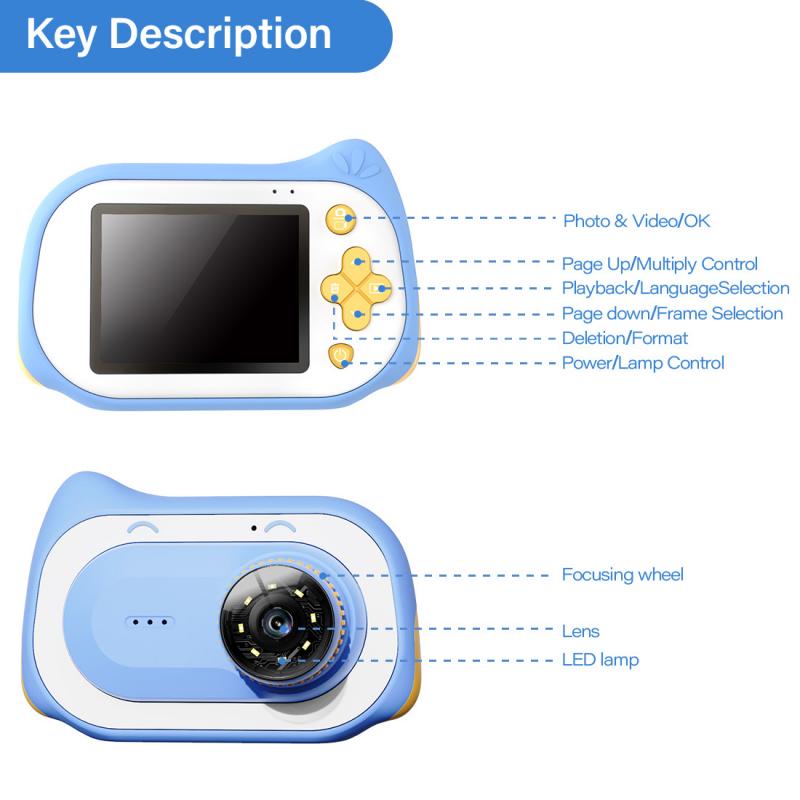
2、 Recycling options for microscope slides
Recycling options for microscope slides have evolved over the years, as the materials used in their production have changed. Microscope slides are typically made of glass, which is a recyclable material. However, due to the small size and fragility of microscope slides, they may not be accepted in regular curbside recycling programs.
One option for disposing of microscope slides is to check with local recycling centers or waste management facilities. Some recycling centers may accept glass materials, including microscope slides, if they are properly packaged and labeled. It is important to contact these facilities beforehand to inquire about their specific requirements and whether they accept microscope slides.
Another option is to consider reusing microscope slides. If the slides are still in good condition and can be cleaned, they can be reused for future experiments or educational purposes. Many research institutions and educational facilities have programs in place for collecting and reusing microscope slides.
If recycling or reusing is not possible, microscope slides should be disposed of as medical waste. This is particularly important if the slides have been used for diagnostic purposes and may contain potentially hazardous materials. Medical waste should be properly packaged and labeled according to local regulations and guidelines.
It is worth noting that the latest point of view on recycling microscope slides may vary depending on the region and local recycling capabilities. Therefore, it is always recommended to check with local authorities or waste management facilities for the most up-to-date information on recycling options for microscope slides.
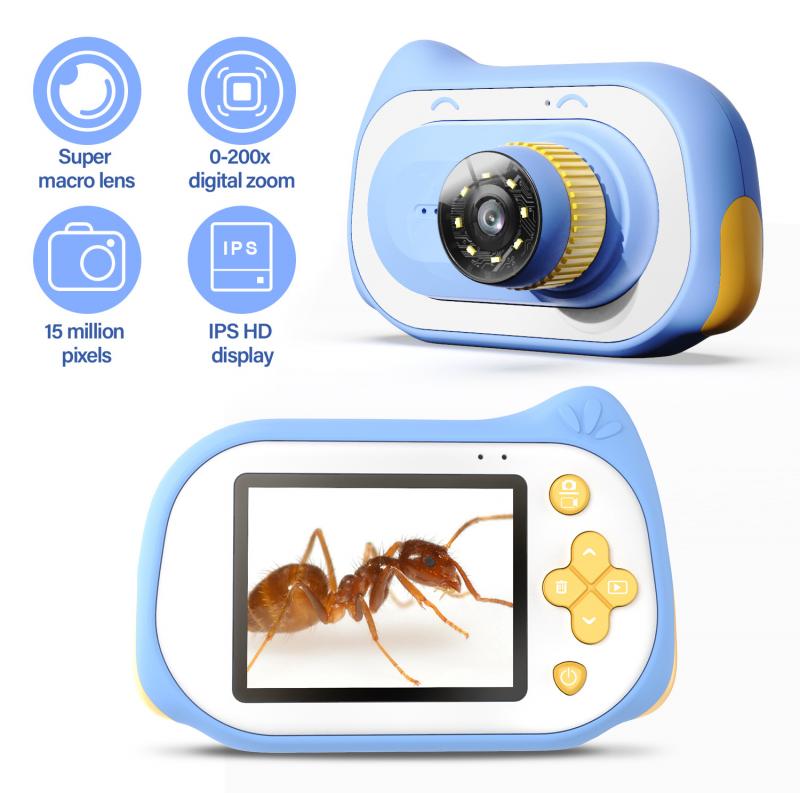
3、 Safe handling and disposal of broken or damaged microscope slides
Safe handling and disposal of broken or damaged microscope slides is crucial to prevent any potential harm to individuals and the environment. Here are some guidelines on how to properly dispose of microscope slides:
1. Personal Safety: Always wear appropriate personal protective equipment (PPE) such as gloves and safety goggles when handling broken or damaged microscope slides. This will protect you from any potential injuries or exposure to hazardous materials.
2. Containment: Carefully pick up any broken glass pieces using forceps or tongs. Place them in a puncture-resistant container, such as a sharps container or a rigid plastic container with a secure lid. Avoid using regular trash bags or containers that may puncture easily.
3. Labeling: Clearly label the container as "Broken Microscope Slides - Handle with Care" to alert others of the potential hazards.
4. Disposal: Contact your local waste management facility or follow the guidelines provided by your institution or municipality for proper disposal of broken microscope slides. They may have specific instructions on how to handle and dispose of such materials.
5. Recycling: Some areas may have recycling programs for glass materials. Check with your local recycling center to see if they accept microscope slides. If they do, ensure that the slides are properly contained and labeled before recycling.
It is important to stay updated with the latest guidelines and regulations regarding the disposal of microscope slides. Local regulations and best practices may vary, so it is always advisable to consult with the appropriate authorities or experts in your area for the most accurate information.
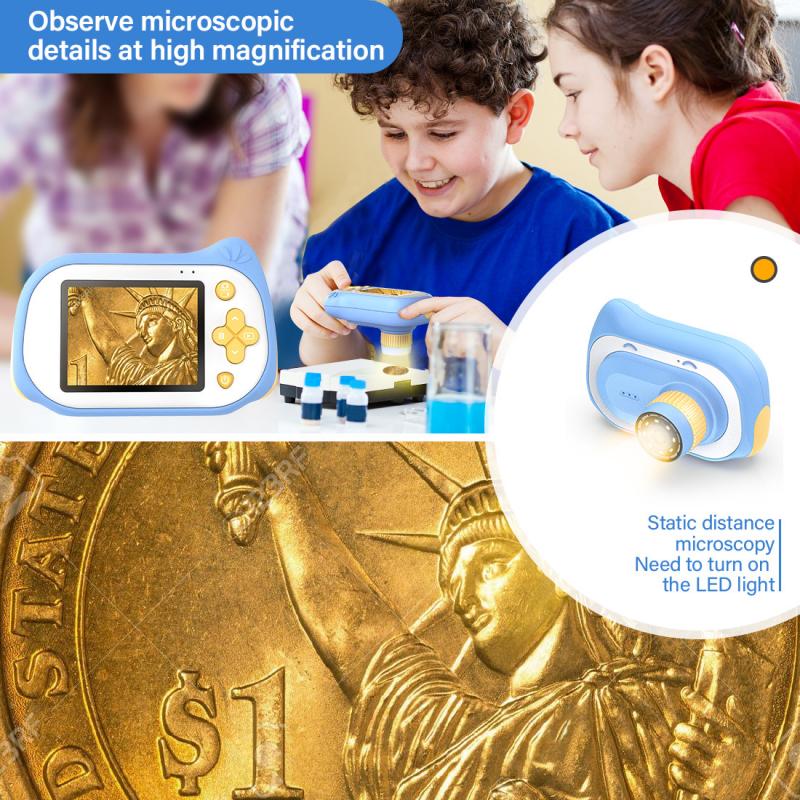
4、 Disposing of microscope slides with hazardous materials
When it comes to disposing of microscope slides, it is important to consider whether they contain hazardous materials or not. Microscope slides that do not contain any hazardous materials can be disposed of as regular glass waste. However, if the slides contain hazardous materials, special precautions need to be taken to ensure proper disposal.
Microscope slides with hazardous materials, such as chemicals or biological samples, should not be disposed of in regular trash or recycling bins. Instead, they should be treated as hazardous waste and disposed of according to local regulations and guidelines. It is important to check with your local waste management facility or environmental agency to determine the specific requirements for disposing of hazardous materials in your area.
In general, the following steps can be followed for disposing of microscope slides with hazardous materials:
1. Secure the slides: Place the microscope slides in a sturdy container that is leak-proof and resistant to breakage. This will help prevent any potential spills or accidents during transportation.
2. Label the container: Clearly label the container as "Hazardous Waste" to alert others of its contents and ensure proper handling.
3. Contact a waste management facility: Reach out to your local waste management facility or environmental agency to inquire about their specific requirements for disposing of hazardous waste. They will provide guidance on how to proceed and may even offer collection services or drop-off locations.
4. Follow their instructions: Follow the instructions provided by the waste management facility or environmental agency for packaging, transportation, and disposal of the microscope slides. This may include specific guidelines on sealing the container, completing necessary paperwork, and arranging for pickup or drop-off.
It is crucial to stay up to date with the latest regulations and guidelines regarding the disposal of hazardous materials, as they may vary depending on your location. Always prioritize safety and environmental responsibility when disposing of microscope slides with hazardous materials.
